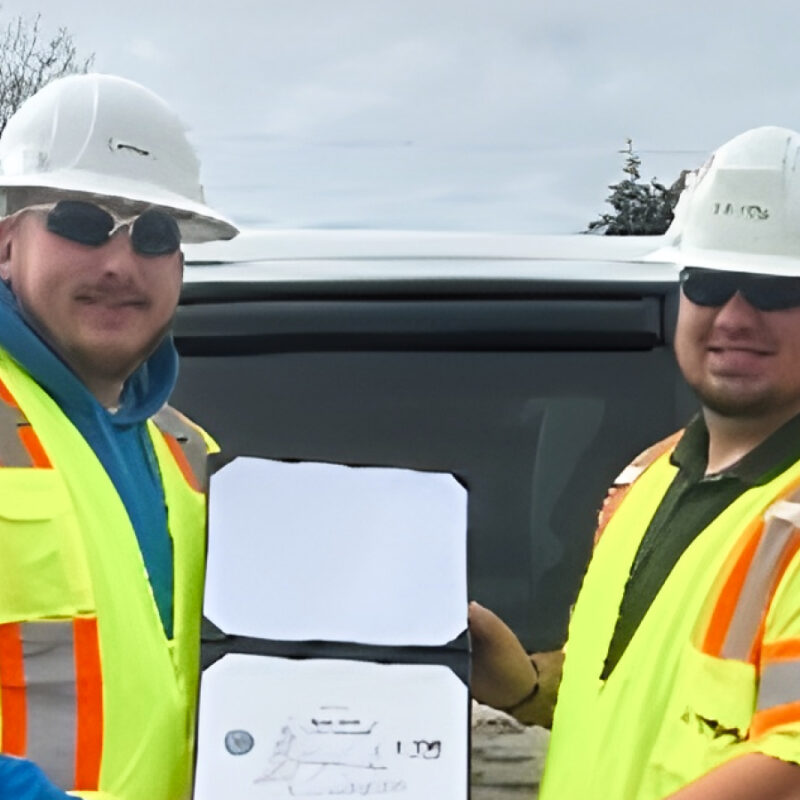
The Future of Fleet Management: Embracing Next-Gen Telematics
Nick Oney, Fleet Director
Kendall manages a fleet of more than 5,500 rolling assets. We use advanced technologies and reliable equipment, backed by a strong team, comprehensive maintenance programs, to ensure maximum uptime.
We know that effective fleet management is more than just logistics; it’s about measuring performance, optimizing safety and operations, and staying ahead of industry demands. Today, fleet management is entering a new era, driven by advancements in automation, artificial intelligence, and data analytics. By leveraging this technology, fleets can improve efficiency, reduce costs, and proactively address maintenance and safety concerns.
Understanding Next-Gen Telematics
Telematics—combining telecommunications and monitoring systems—has roots dating back to the 1960s and was initially used in military and aviation GPS applications. Next-gen telematics harnesses advanced AI, machine learning, and sophisticated data analytics to monitor and optimize fleet operations. These systems process real-time data, offering valuable insights and comprehensive reporting. Unlike traditional tracking, next-gen solutions analyze patterns and predict outcomes, converting raw data into actionable insights that drive operational improvements.
Telematics in Action
AI-powered dash cameras continuously monitor driver behavior, detecting distractions in real-time, like phone use or eating, and other hazards like seat belt violations. Meanwhile, lane departure warnings and automated alerts deliver crucial feedback to help prevent accidents caused by inattentiveness and reinforce safe driving habits. A transportation study supports this, showing that AI-equipped dashcams resulted in a 22% decrease in accidents and a 56% reduction in unsafe driving incidents.
Using AI, organizations can analyze this footage to determine root causes, allowing them to better understand driver behavior and develop targeted trainings to improve safety. For example, after installing driver-facing cameras, we noted driver distractions due to cell phone usage, so we installed hands-free holders in all vehicles. This led to a 5% improvement in driver safety scores.
Challenges and Considerations
While the benefits of next-gen telematics are significant, organizations must address several challenges. First is driver privacy, as continuous monitoring can lead to resistance from drivers who may feel their privacy is being compromised. Additionally, the initial costs associated with hardware, software, and system integration can be substantial, although these costs can be offset by long-term savings. Training and adoption present another challenge, as fleet managers and drivers need to be adequately trained on how to use the technology effectively. Lastly, there are legal concerns, as adhering to data privacy laws—particularly regarding video surveillance—is crucial for compliance.
Future Trends in Fleet Management
AI-driven innovations are set to reshape fleet management. Future developments will enable predictive analytics to determine maintenance needs, enhance safety, and optimize routing in real-time. Telematics will play a vital role in integrating with autonomous vehicles while ensuring compliance with regulations. Moreover, augmented reality dashcams may soon provide real-time navigation overlays and immersive driver training, creating better situational awareness for drivers.
In today’s advanced landscape of fleet management, adopting state-of-the-art technologies like telematics and AI provides organizations with the essential tools to enhance operational efficiency and safety. Fleet managers can embrace the full potential of these innovations to drive better performance, improve safety, and meet industry demands.


